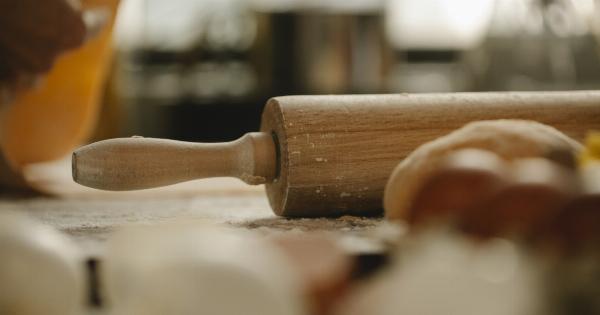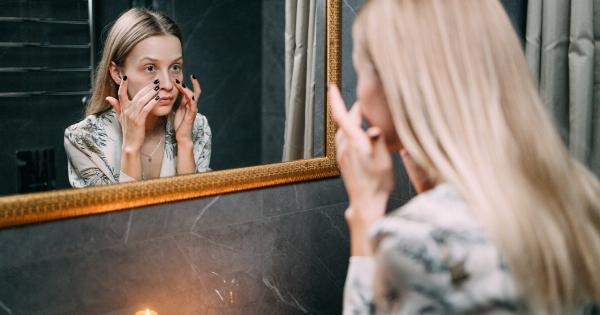Dust mites are small, microscopic creatures that infest our homes and can cause allergies, asthma, and other respiratory problems.
These tiny creatures thrive in warm and humid environments, making our beds and mattresses the perfect breeding grounds for them.
What are Dust Mites?
Dust mites are tiny creatures that are invisible to the naked eye. They live in warm and humid environments, such as bedding, carpeting, and other household items.
According to recent studies, there could be up to 1.5 million dust mites living in a single mattress.
Why are Dust Mites Harmful?
Dust mites are harmful because they can cause allergies, asthma, and other respiratory problems. Their feces and decomposing bodies are allergens that can trigger allergic reactions in some people.
In addition, dust mites can worsen symptoms of existing respiratory problems like asthma and bronchitis.
How to Detect Dust Mites?
Dust mites are not visible to the naked eye, but some signs can help you recognize their presence in your mattress. One way to detect dust mites is through a dust mite test kit that helps you identify how many dust mites live in your mattress.
Another way to detect dust mites is by looking for signs of allergens and irritants in your bedroom. These signs include sneezing, coughing, runny nose, and itchy eyes.
How to Get Rid of Dust Mites?
There are several easy methods to help you get rid of dust mites from your mattress and bedding.
Wash Your Bedding Weekly
Washing your bedding once a week will help eliminate dust mites. Wash your sheets, pillowcases, and blankets in hot water (at least 60°C or 140°F) to kill dust mites and remove any allergens.
Use Dust Mite Covers
Dust mite covers are specially designed covers that fit over your mattress and pillows. These covers trap dust mites and allergens, prevent them from breeding, and create a barrier between the mites and your skin.
Vacuum Your Mattress
Vacuum your mattress regularly to remove any dust or debris that may be attracting dust mites. Use a vacuum cleaner with a HEPA filter to prevent the mites from escaping back into the air.
Let the Sun Shine In
Exposing your mattress to sunlight can also help kill dust mites and remove any moisture that may be attracting them. Leave your mattress in direct sunlight for a few hours, if possible, to help kill the dust mites.
Use Essential Oils
Essential oils like tea tree oil, eucalyptus, and lavender have natural anti-bacterial properties that can help kill dust mites. Mix a few drops of essential oil with water and spray your mattress and bedding to keep dust mites away.
Reduce Humidity
Dust mites love humid environments, so reducing humidity in your home can help control their population. Use a dehumidifier or air conditioner to keep the air dry and prevent dust mites from breeding.
Replace Your Mattress
If your mattress is old and has become a breeding ground for dust mites, it may be time to replace it. A new mattress will not only help you sleep better but also eliminate dust mites from your bedroom.
Professional Cleaning
Professional cleaning services like steam cleaning and deep cleaning can also help remove dust mites from your mattress and bedding.
These services use high temperatures and special techniques to kill dust mites, remove allergens and leave your mattress clean and fresh.
Conclusion
Dust mites can cause allergies, asthma, and other respiratory problems. It is important to take the necessary steps to rid your mattress of these tiny creatures to keep yourself and your family healthy.
By following these easy methods, you can eliminate dust mites and improve the quality of your sleep.




























